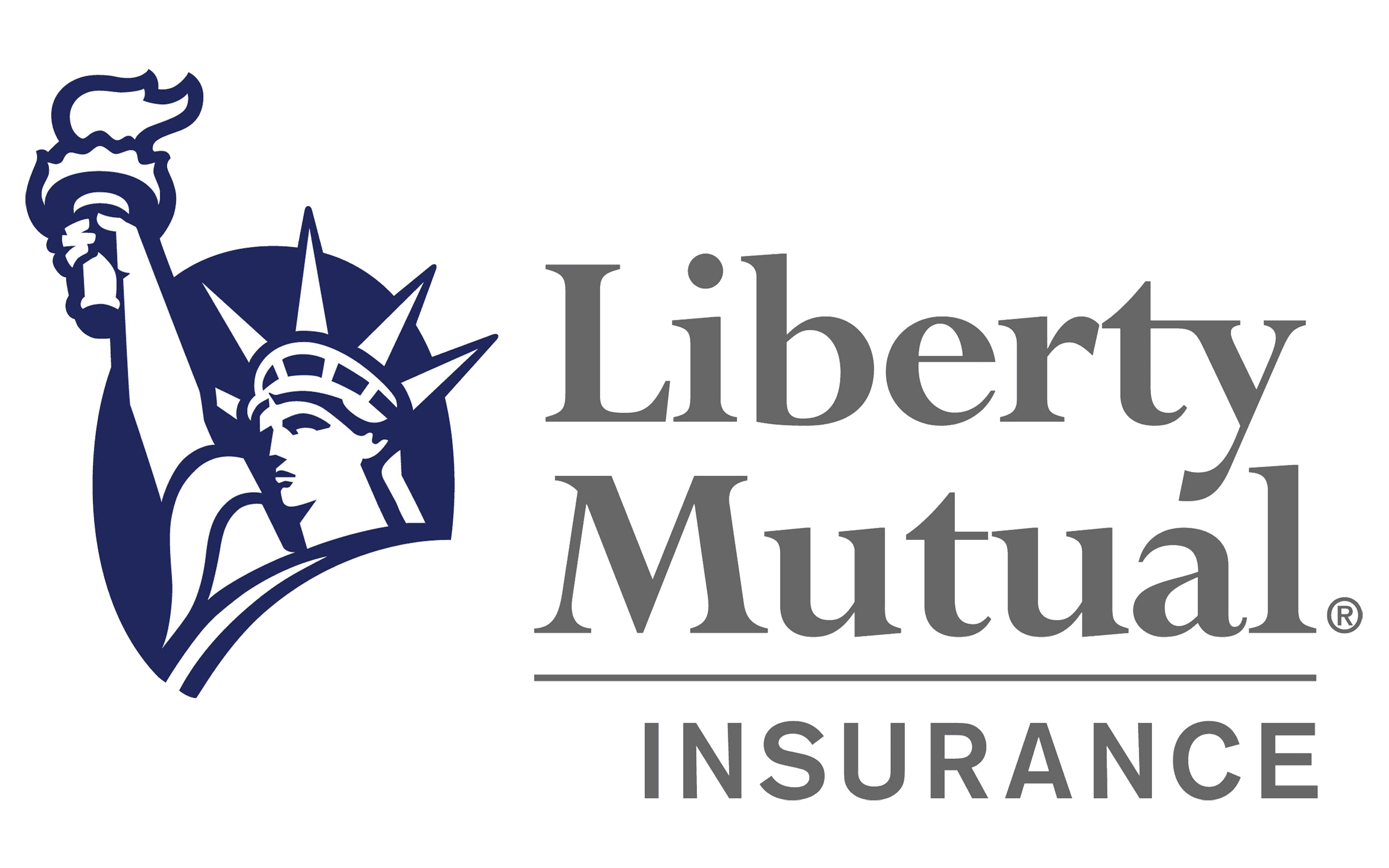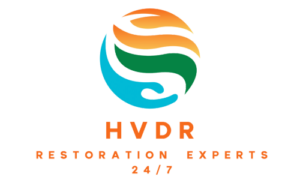OUR SMOKE DAMAGE RESTORATION PROCESS
Initial Assessment and Inspection
The first step in the smoke damage restoration process is a thorough assessment of the property. The restoration team inspects areas affected by smoke, soot, and any fire-related damage. They also evaluate how far the smoke has traveled and determine the type of smoke damage (wet, dry, or protein-based) to create an effective restoration plan.
Ventilation and Air Purification
To improve air quality and remove lingering smoke particles, the restoration team begins ventilating the property. Air scrubbers, HEPA filters, and specialized fans are used to clear out airborne contaminants. This step helps reduce the smoke odor and ensures that the air is safe to breathe during the restoration process.
Soot and Residue Removal
Smoke and soot leave behind a thick residue on surfaces like walls, ceilings, furniture, and belongings. The team uses specialized cleaning solutions and techniques to remove soot from these surfaces. In some cases, dry sponges, chemical cleaners, and vacuums with HEPA filters are employed to prevent soot from becoming ingrained in porous materials.
Deep Cleaning of Affected Areas
After soot removal, all affected surfaces undergo a deep cleaning process. This includes scrubbing walls, ceilings, floors, and furniture to remove any remaining smoke particles and stains. Different methods are used depending on the type of smoke damage and the materials involved to prevent further discoloration or damage.
Odor Removal and Deodorization
Smoke odors can permeate deep into building materials and belongings. To eliminate these odors, the restoration team uses advanced deodorization methods such as thermal fogging, ozone treatments, or hydroxyl generators. These treatments neutralize smoke particles embedded in fabrics, carpets, upholstery, and hard-to-reach areas.
Textile and Upholstery Cleaning
Smoke often infiltrates fabrics, such as curtains, furniture upholstery, and clothing. Specialized textile cleaning methods, like dry cleaning or washing with specific cleaning agents, are used to restore fabrics. Upholstery may also require professional cleaning to fully remove the smoke odor and soot residue.
HVAC System Cleaning
Smoke particles can easily travel through the home’s HVAC system, contaminating vents, ducts, and filters. The restoration team cleans the HVAC system to remove any trapped smoke, soot, or odors. This prevents the circulation of smoke particles through the air once the system is turned back on.
Structural Repairs
In cases where smoke has caused structural damage, such as discoloration or corrosion, repairs may be necessary. This can include replacing or repainting walls, ceilings, and other materials that were affected by prolonged exposure to smoke. The goal is to restore the property to its pre-smoke condition.
Content Restoration
Personal belongings, such as electronics, documents, and artwork, may be cleaned and restored depending on the extent of the smoke damage. The restoration team uses specialized cleaning techniques, like ultrasonic cleaning or electrostatic treatments, to salvage valuable items that have been affected by smoke.
Final Inspection and Monitoring
Once the cleaning, deodorization, and repairs are complete, the restoration team conducts a final inspection to ensure that all smoke damage has been addressed. They monitor the property for any lingering odors or hidden damage. If needed, further deodorization or cleaning steps are taken.
Insurance Documentation and Support
Throughout the smoke damage restoration process, the team documents the damage, cleaning methods, and repairs to help the homeowner with their insurance claim. Photos, reports, and itemized lists are provided to ensure accurate claims and compensation.
When a fire occurs, the damage isn’t just limited to what the flames consume.
Smoke can cause extensive damage even after the fire is extinguished. The acidic nature of smoke residues can corrode metal surfaces, discolor walls and fabrics, and embed deep into materials, making it difficult to remove. Immediate action is crucial to prevent permanent damage and restore indoor air quality.
Even if the fire did not originate or impact your property directly, your home or business may still sustain smoke damage.
At Hudson Valley Disaster Recovery, our smoke damage restoration service is designed to address all aspects of smoke contamination, ensuring a thorough and effective recovery process.
If your property has suffered from smoke damage, don’t delay in addressing the issue. Contact HVDR immediately at (516) 633-6817 for prompt and professional smoke damage restoration services.
WHAT OUR CUSTOMERS SAY ABOUT US
We Work With Major Insurance Companies Including:




















FREE QUOTE
Do you need help with damage clean up and/or restoration? Fill out this form to get in touch.
OFFICE LINE
1.800.555.6789
EMERGENCY
1.800.555.0000
WORKING HOURS

